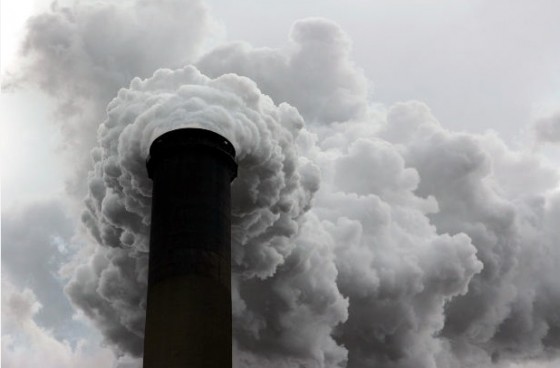 Post COP 17 FAIL, most experts believe that we are probably looking at a 4°C rise in average global temperatures within the next few decades.
Post COP 17 FAIL, most experts believe that we are probably looking at a 4°C rise in average global temperatures within the next few decades.
On the face of things, the COP 17 conference in Durban was more successful than Copenhagen or Cancun, but the truth is, nothing has changed. Even though the Kyoto Protocol was extended with a plan to roll out a new protocol by 2015 and put it into effect by 2020, The Economist points out that these protocols will remain useless until such time that meaningful disincentives are put in place to keep big polluters from breaking their carbon-mitigation promises.
One size fits all
Meanwhile, America’s biggest grievance – that no distinction should be made between developed and developing countries – was put to rest: climate change will be considered a one-size-fits-all problem when the new protocol is developed. This means that developing and developed countries will be expected to take equal responsibility for keeping carbon emissions down — or not.
The Economist reports that although this new distinction has ended a bitter battle, “It has also rendered [the Kyoto Protocol] ineffective, given that the so-called developing countries given a free pass under Kyoto, including South Korea and Saudi Arabia as well as China and India, are now responsible for 58% of global emissions.”
A penniless climate fund
The long-awaited design of a Green Climate Fund that is supposed to dole out $100 billion to poorer countries by 2020 so that they will be able to protect themselves against climate change and reduce their emissions is another quasi COP 17 success story. Although its design signifies some kind of move forward, it lacks substance since no one has been able to agree where the money will be sourced to float this fund.
These half-hearted measures simply won’t do enough to prevent temperatures from rising beyond the 2°C deemed tolerable by climate science experts. More likely, we are looking at a 4°C rise by 2060 according to most estimates.
What a 4 degree Celsius temperature rise looks like
A 2009 study prepared for the UK’s Department of Energy and Climate Change by scientists at the Met Office outlined some of the ramifications of a 4 degree rise in average global temperature. Here are just a few of them, taken from The Guardian.
- The water supply of half the world’s population will be threatened
- Up to half of all animal and plant species will be wiped out
- Low coasts will be swamped
- Both South and West Africa and the Arctic can expect a 10°C rise in temperature
One thing is for certain, our failure to create radical changes will ensure that most people alive to today will experience the most catastrophic effects of a much hotter world.
image via Morguefile



